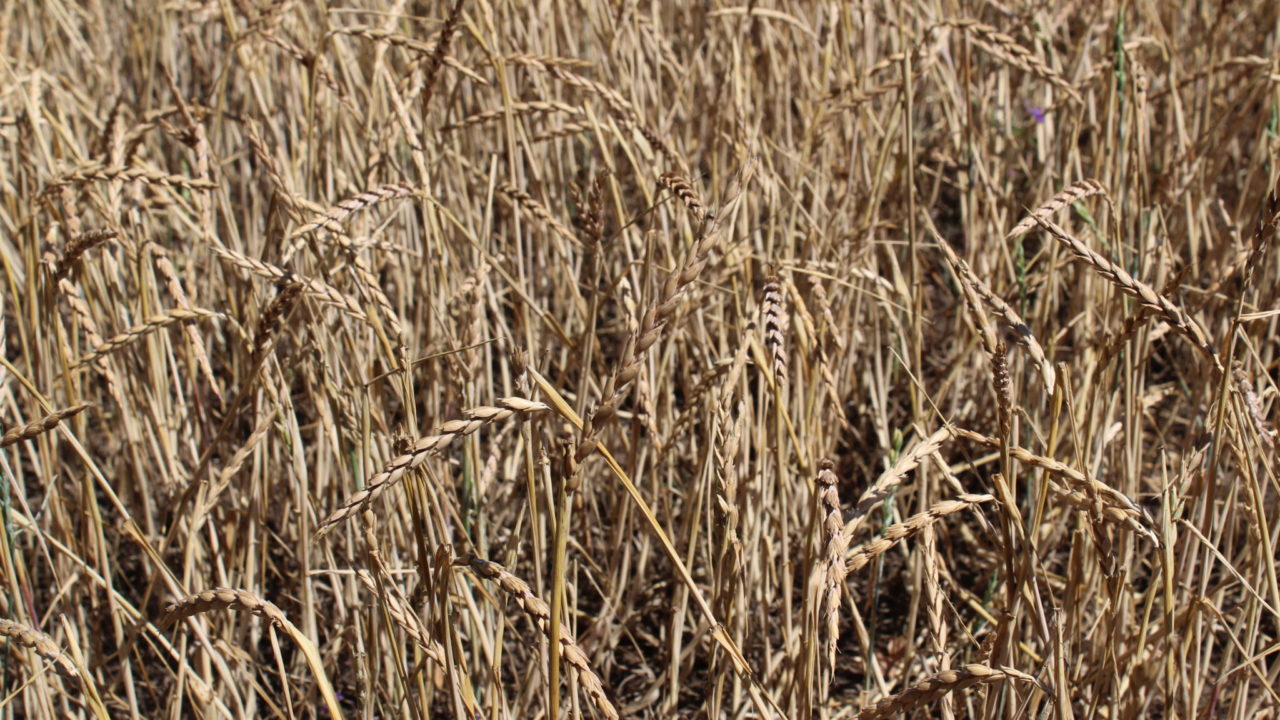Spelt may, or may not be, grown in Ireland. But it’s a very important cereal crop in many parts of Europe.
Austria is currently baking in temperatures of 30°C+. The first of this year’s winter cereal crops is ready for harvest.
But it’s not to fields of winter barley that growers will be heading to, rather they will be taking their combines into crops of spelt.
Also known as dinkel or hulled wheat, spelt is a species of cereal that has been cultivated since approximately 5000 BC.
It grows particularly well on organic farms in eastern Austria with the grain commanding a premium price within the health market sector.
Benefits of spelt?
It is claimed that eating foods containing soluble fibre, such as spelt, can reduce the amount of cholesterol that the body absorbs into the bloodstream.
Relative to modern wheat varieties, spelt has a slightly higher protein content (15.6% versus 14.9%) and a slightly higher fat content (2.5% versus 2.1%).
Crops can be grown on marginal tillage soils. Yields of spelt are on a par with what can be expected from spring oats.
Austria has a very progressive organic farming sector. Currently, almost 20% of the country’s land area is dedicated to organic food output.
The recent strengthening of fertiliser and energy costs is expected to further the expansion of Austria’s organic sector over the coming years.
Maize and wind energy
Maize is the main grain option grown in Austria. Irrigation is widely used to drive growth; plastic is not required to give maize the strong start it needs.
Currently, most maize crops in the east of Austria are looking extremely well, having reached heights of up to 4ft.
But cereals are, by no means, the most important crops harvested in Austria’s tillage areas. That honour goes to wind energy.
The east of the country is extremely flat, making it a perfect location for turbines.
The landscape in that part of the world is festooned with, literally, thousands of them. The farmer who hosted a recent Pottinger machinery event, which was attended by Agriland, owns 10 wind turbines.
They now represent an important income source for that business as a whole.
At the end of 2021, Austria’s wind capacity totalled 3.3GW.
Plans are now in place to increase the share of electricity produced from renewable energy sources to 100% in 2030 from, currently, 75%.
The country’s plan to support green electricity production was approved by the European Commission last December.
Payments under this new scheme are estimated to total about €4.4 billion until the end of 2032.

